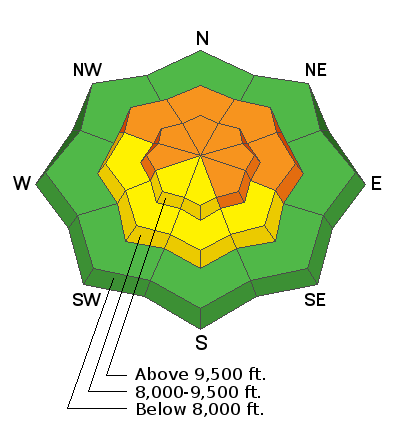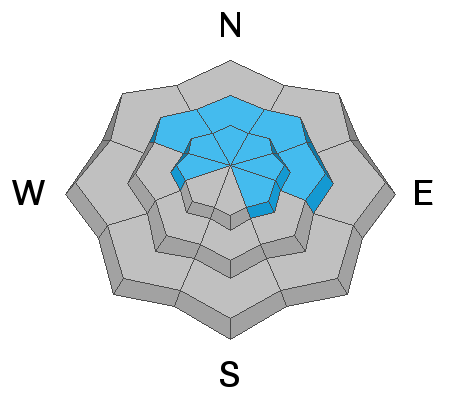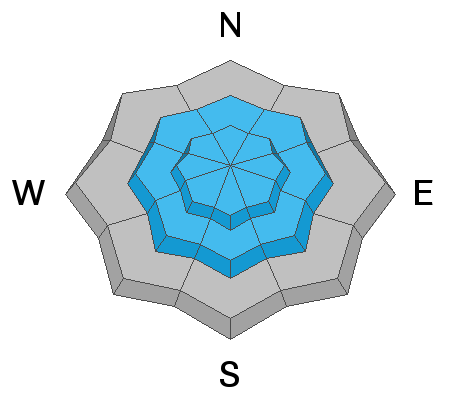We are filled with grief to report four avalanche fatalities that occurred Saturday in the Wilson Glade of upper Mill Creek Canyon. The avalanche involved two separate parties. Our deepest condolences go out to the friends and families involved. Our deepest gratitude goes out to Wasatch Backcountry Rescue, Intermountain Lifeflight, the Department of Public Safety, the United States Forest Service, and Brighton, Solitude and Alta Ski Patrols for providing resources and support during this tragic accident.
We investigated the accident Sunday; our
preliminary report has been published. Please be patient and know the UAC staff is working around the clock to get the final report done.
The National Weather Service (NWS) has issued a Winter Storm Watch in effect from Thursday evening through Friday. A winter storm watch is a lot like an avalanche watch. Meaning when we (UAC) issue an avalanche watch, we anticipate that if the weather stays on track, the avalanche danger will rise, and we will transition from a watch to a warning. So, if our weekend storm stays on track, you can expect the NWS to transition from a watch to a warning for the winter storm. I tried looking into the storm details, but it seems to be all over the map, from 10" of snow to 75" of snow in the next 7 days. Stay tuned, I suppose.
In the past 24 hrs, the mountains have picked up a trace to 3" (0.01-0.14 water) of snow in places. This morning we will remain under a moist westerly flow aloft that will bring low clouds and some snow showers with minor accumulations throughout the day. Winds are currently blowing from the westerly direction with speeds of 20-25 mph, gusting 40 mph at 11,000'. If you lose some elevation, the winds back off dramatically, with most stations reporting 5-10 mph with the occasional gust into the 20's mph. Mountain temperatures will be on the warmer side today, with temperatures climbing into the 20's °F at 10,000' and the low 30's °F at 8,500'.
For the first time in a long time, we had no new avalanches reported from the backcountry.










